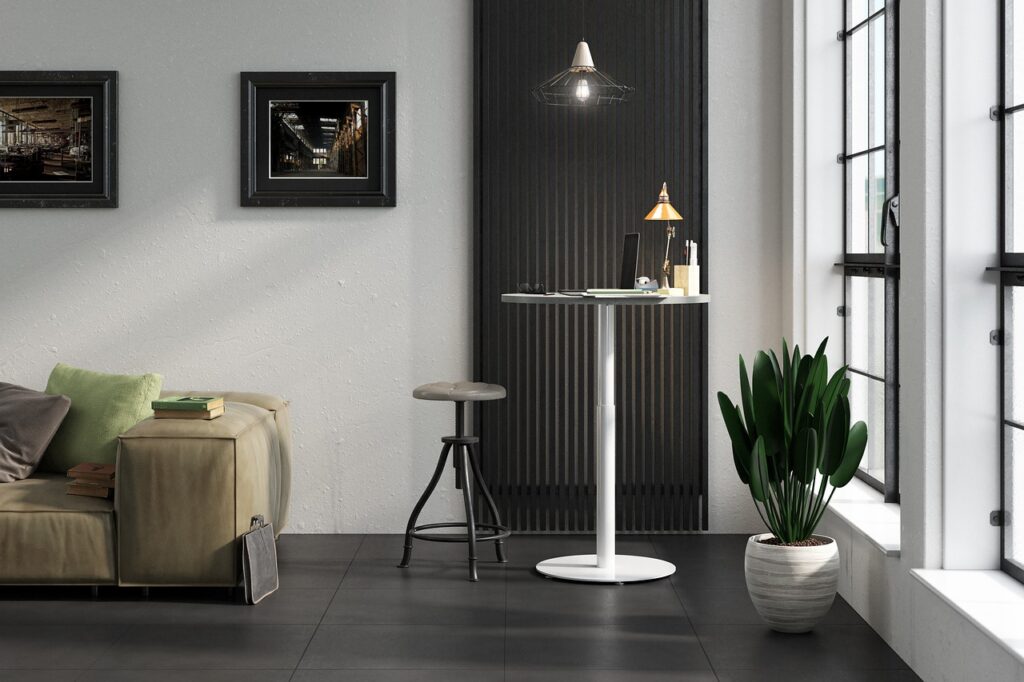In today’s modern workplace, creating a conducive environment for productivity and employee well-being is of paramount importance. Office design plays a significant role in achieving this goal, and one crucial aspect that often gets overlooked is acoustics. Noise pollution and lack of privacy can have a detrimental effect on employee concentration, productivity, and overall job satisfaction. In this article, we will delve into the role of acoustics in office design and explore how a commercial interior design company can create a noise-free and private workspace that fosters productivity and enhances employee well-being.
Understanding the Impact of Noise
Excessive noise in the office environment can be a major distraction, leading to decreased productivity and increased stress levels among employees. Conversations, phone calls, footsteps, and equipment noise can all contribute to a noisy work environment. Additionally, open office layouts, while promoting collaboration, often lack the necessary sound barriers to minimize noise disruptions. Recognizing the negative impact of noise is the first step in designing an office that prioritizes acoustic comfort.
Our 3D visualization services in commercial interior design bring your vision to life, providing realistic and immersive representations of your space before construction begins.
Soundproofing Techniques
Implementing effective soundproofing techniques is essential in creating a quiet and productive office space. Acoustic panels, sound-absorbing materials, and specialized ceiling designs can significantly reduce noise transmission and reverberation. Strategic placement of soundproof partitions and barriers can also help create designated quiet zones and minimize sound distractions. A commercial interior design company can offer expertise in selecting and implementing the right soundproofing solutions based on the specific needs and layout of the office.
Optimizing Office Layouts
The layout of the office plays a vital role in managing noise levels and enhancing privacy. Open-plan offices can benefit from thoughtful space planning, with the strategic positioning of workstations, meeting areas, and collaborative spaces. Creating separate zones for focused work, meetings, and relaxation can help mitigate noise disturbances. Moreover, considering the location of communal areas, such as break rooms or copy centers, away from workstations can minimize interruptions and noise pollution.
Our space planning services in commercial interior design focus on optimizing the functionality and efficiency of your workspace, ensuring a seamless and well-utilized layout.
Acoustic Furniture and Fixtures
Selecting the right furniture and fixtures can also contribute to a noise-free office environment. Ergonomic furniture with built-in acoustic properties can absorb sound and reduce echo. Acoustic wall panels, curtains, and dividers can be used to create privacy and limit sound propagation. Additionally, sound-masking systems can introduce subtle background noise that helps mask disruptive sounds and enhances speech privacy. A commercial interior design company can guide businesses in choosing the appropriate acoustic furniture and fixtures for their specific needs.
Enhancing Speech Privacy
Maintaining confidentiality and privacy in the office is crucial for sensitive discussions and focused work. Implementing measures to enhance speech privacy, such as sound-masking systems and well-insulated meeting rooms, is essential. The strategic placement of sound-absorbing materials in these areas can prevent sound leakage and ensure that confidential conversations are not overheard. A commercial interior design company can provide tailored solutions to optimize speech privacy while maintaining a collaborative work environment.
Our design and build services in commercial interior design offer a comprehensive solution from concept development to final construction, ensuring a seamless and efficient process.
Employee Well-being and Productivity
Creating a quiet and private office environment not only enhances productivity but also contributes to employee well-being. Excessive noise can lead to increased stress levels, fatigue, and even health issues. On the other hand, a well-designed acoustic environment can reduce distractions, improve focus, and create a more comfortable and enjoyable workspace. By prioritizing acoustics in office design, businesses demonstrate their commitment to employee welfare and overall job satisfaction.
Conclusion
The role of acoustics in office design should not be underestimated. By prioritizing noise reduction and privacy enhancement, businesses can create a productive and employee-friendly work environment. Partnering with a commercial interior design company allows businesses to leverage expert knowledge and tailored solutions to create an acoustic environment that fosters concentration, collaboration, and well-being. A thoughtfully designed office that addresses acoustics not only benefits employees but also contributes to the overall success and efficiency of the organization.





